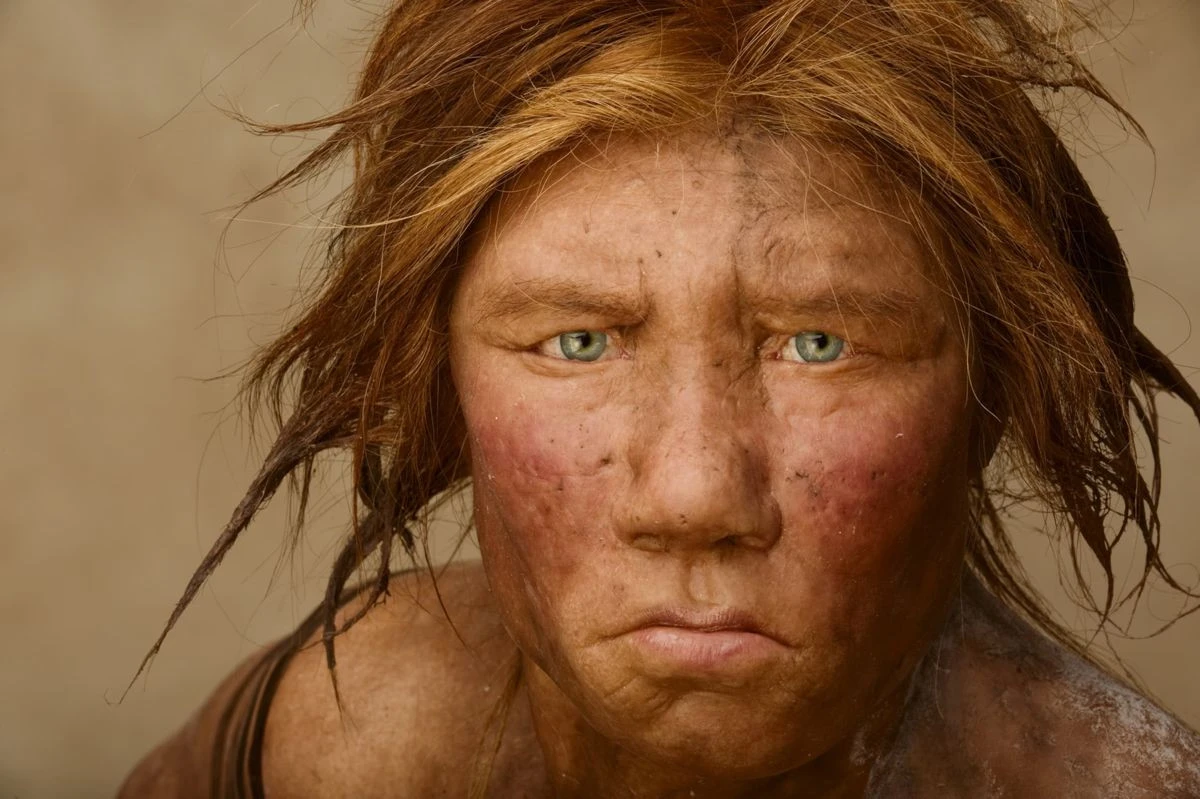In a shocking incident at the Israel Museum in Jerusalem, an American tourist was arrested for allegedly vandalizing ancient Roman statues due to his perceived religious conflicts. This act not only caused significant damage to priceless artifacts but also raised questions about the intersection of faith, cultural preservation, and responsible tourism.
The incident occurred when a 40-year-old tourist deliberately destroyed several sculptures. Photos released by authorities showed two statues shattered into pieces, identified as a head of Athena from the 2nd century CE and a statue of a griffin representing the Roman god Nemesis, dating back to 210-211 CE.
The Significance of the Artifacts
These damaged artifacts held immense historical and cultural value. The head of Athena and the griffin statue were both significant examples of Roman-era artistry and mythology, allowing visitors to connect with the rich history of the region.
Damage seen to statues inside the Israel Museum in Jerusalem on October 5, 2023. (Israel Museum)
The suspect was apprehended by a museum security guard before the police arrived. He allegedly claimed to destroy the statues because he believed they contradicted his religious beliefs as outlined in the Torah, a central religious text in Judaism.
Implications and Reactions
This incident raises concerns about the balance between religious freedom and cultural preservation. Museums like the Israel Museum play a crucial role in preserving and sharing cultural heritage, making it essential to respect both religious sensitivities and the importance of preserving world heritage.
A sculpture smashed by an American tourist at Jerusalem’s Israel Museum due to what he said was a violation of the Bible, on October 5, 2023. (Israel Museum)
Tourism is a significant source of income for Israel, particularly during holidays like Sukkot, attracting many visitors from North America. Incidents like this serve as a reminder of the need for responsible and respectful tourism, emphasizing the importance of understanding local customs and cultural significance.
The arrest of an American tourist for vandalizing ancient Roman statues at the Israel Museum highlights the complex interplay between religious beliefs, cultural preservation, and responsible tourism. Finding a balance that respects both religious sensitivities and cultural heritage is crucial. This incident underscores the importance of educating visitors about the historical and cultural significance of the artifacts they encounter during their travels.









